Have you ever found yourself addicted to a new app or website? We’ve all been there. First you discover some cool new app, then suddenly you’re spending so much time in it. Scrolling, tapping or swiping endlessly… then coming back to do it again day after day.
Well, it’s not surprising that many tech companies try to make their products as engaging as possible. If you are an app developer, then your primary goal is to have people return to use your product repeatedly. The more time they spend using it, the more revenue you will generate.
This book Hooked is popular in the tech startup community because it promises to help us design apps that are more engaging, compelling and habit-forming. I think it also can help us learn some tricks of the big tech companies so we can avoid falling into distraction ourselves. Finally, at the end talks about the ethics of hooking users—in what situations is it ethical to use these ideas?
Who is Nir Eyal?
Nir Eyal is an author, speaker and investor. After finishing his MBA, he co-founded a tech company that placed ads into online social games on Facebook. His career has always been at the crossroads of business, technology and psychology.
Later he became a consultant in product design, working with many companies large and small. He helps them find ways to motivate their users to build positive habits around products. He’s also lectured in marketing at Stanford and other schools.
🧠 1. Why Create User Habits?: Developing user habits is crucial for product longevity and customer retention in the digital age
Habits are behaviors that we repeat over and over again without much thought. We all have countless habits because they help simplify our lives. Common habits include: brushing our teeth, making coffee in the morning, scrolling through social media, etc.
In the fantastic recent book Atomic Habits, the author James Clear explains that habits are basically mental shortcuts. For example, imagine that one day someone was stressed, so they had a cigarette and felt better. As a result, their mind learns smoking is a reliable solution for feeling stressed. So in the future they’re more likely to repeat this behavior as a shortcut to feel better. Learn more about the science of habits in our summary of Atomic Habits by James Clear.
An app or website can also become part of our habits, when it provides a reliable solution or shortcut to a problem. For example:
- When we feel bored, we may go to Youtube or the news.
- When we feel uncertain, we may go to Google.
- When we feel hungry, we may open a food delivery app.
4 benefits of customer habits
Should you try to create customer habits around your product? Habits aren’t necessary for all types of businesses—for example insurance is only purchased one time and that’s it. However, most businesses will get 4 major benefits from user habits:
- Higher Customer Lifetime Value (CLTV). The more often your average customer visits your app, website or e-commerce store, the more valuable they usually become. This is true whether your business model is advertising, subscriptions, individual purchases, etc.
- Less Price Sensitivity. A product that is integrated into a user’s life can increase prices more easily than a product which is used casually and easily replaced.
- Faster Viral Growth. The more a user comes back to an app, the more likely they will be to recommend it to their friends. This is a big reason for the success of social media apps like Pinterest, Instagram or Facebook.
- Greater Resistance to Competition. User habits provide a barrier to entry for any new competitors you will face. For example, when most people have a question, they automatically visit Google. It’s extremely hard for any new search engine to undo this long time habit.
The Hook Model
At the core of this book is Nir Eyal’s 4-Step “Hook Model.” A user must pass through each of these four steps to form a habit. They include:
- Triggers
- Actions
- Variable Rewards
- Investments
(By the way, it’s interesting to see how much this model was inspired by other recent bestselling books about habits. For example, we just mentioned the book Atomic Habits by James Clear. In that book there is a “Habit Loop” which includes the 4 steps: Cue, Craving, Response and Reward. But even that author was inspired by previous thinkers and psychologists.)
Habits are behaviors we repeat automatically, like brushing our teeth every night. Becoming part of a users habits gives you: higher customer lifetime value, less price sensitivity, faster viral growth and greater resistance to new competitors.
🚦 2. Start With Triggers: Effective triggers drive consistent usage and reinitiate user interaction with your app
The first step of creating a user habit are triggers, which nudge someone to take an action. For example, when we sees a notification on our phone and tap it to visit an app, then the notification was a trigger. There are two major types of triggers: external and internal.
- External Triggers come from our environment. Engagement with a product can be initiated externally through triggers like paid advertising, viral marketing, publicity, word-of-mouth, etc. External triggers are usually too expensive or uncertain to rely on forever, but they’re great for getting new users.
- Owned Triggers are a highly valuable sub-category of external triggers—these are triggers which our users have given permission to receive like email newsletters and app notifications. They allow us to repeatedly contact a user, which is very useful for building a habit.
- Internal Triggers come from inside the user. These include their emotions, thoughts and mental associations. For example, when we feel bored waiting in line, that feeling may trigger us to pull out our phone and begin scrolling a newsfeed. Negative emotions are frequent triggers for product usage, from loneliness to irritation. We use apps to “scratch” these emotional itches or disturbances.
To get started with internal triggers, put yourself in your customer’s shoes. Imagine exactly where someone would be and what they would be doing before opening your app. What specific emotions, frustrations or pain points could they use your product as a solution for? The founder of Twitter, Jack Dorsey, says a major reason for their success is this technique which he calls writing “user narratives.” (Stanford)
In the marketing book Contagious, Professor Jonah Berger explains how companies create triggers that help customers remember their products more often. They do it by creating a new mental association between their product and an unrelated idea.
For example, in 2007 the sales of Kit Kat chocolate bars were struggling. So they designed a radio advertising campaign that repeatedly talked about coffee and Kit Kat bars together. Their goal was to make people think Kit Kat every time they had a coffee break. Apparently, this campaign was a big success, because Kit Kat sales rose from $300 million to $500 million. Learn more effective viral marketing strategies in our summary of Contagious by Jonah Berger.
The first step of creating habits are triggers, which nudge people to take some action like visiting our app. External triggers come from outside like paid advertising, email newsletters and app notifications. Internal triggers include their own feelings, thoughts and mental connections.
👆 3. Make Action Easy: By making user actions simple and intuitive, you increase likelihood of repeated use
The second step of a habit is action, what the user does after receiving the trigger because they expect some reward. Desired actions may include a person opening your app, going to your website, sharing your brand with their friends, etc. How can we encourage users to take the right actions?
According to Dr. B.J. Fogg, a director at Stanford University, the 3 parts of every action include: Motivation, Ability and Triggers. Let’s understand these one-by-one:
- Motivation: How strongly someone desires the reward of taking the action. Most products tap into a few core human motivations like the desire for pleasure, social acceptance, sex appeal, etc. Equally motivating are things we desire to move away from like pain, rejection, terror, etc.
- Ability: How difficult it is to complete the action. The easier something is to do, the more likely we will do it. New technologies often succeed through removing steps compared to the old way of doing things. We can increase our users ability to take an action by making it faster, simpler, cheaper or automatic.
- Triggers: Something that initiates the action. We talked about this in the last lesson.
The best way to encourage our users to take an action is to make it simpler or easier to do by removing steps. It is difficult to increase motivation, but there are countless ways we can make our products more intuitive, usable and friendly.
For example, Google succeeded with a focus on simplicity. When Google first launched, there were countless big competitors including Yahoo and Altavista. However, the other search engine home pages were crammed full of distractions. Google removed everything but the essentials, making their website the easiest to use.
The second step of user habits is action. Encourage your users to take the right action by making it as simple as possible. Reduce any steps or distractions. Google is a great example of doing this right.
🎁 4. Implement Variable Rewards: Keeping users more highly engaged and interested through unpredictable payoffs
The third step of user habits are variable rewards—the satisfaction of a desire which causes people to repeat the behavior in the future. Watching a funny video, viewing a sensual image or getting social likes all stimulate the dopamine reward center in our brain. (Harvard)
Research shows our desire is greatly increased when the reward is variable or unpredictable. The influential psychologist BF Skinner was conducting an experiment, getting pigeons to tap levers so they could get pellets of food. He discovered the pigeons became far more motivated to tap the lever when the food rewards were made to be uncertain—meaning sometimes they received the food and sometimes they didn’t. This may be the same mechanism that makes gambling so addictive, because it offers unpredictable rewards.
Nir Eyal says there are three major types of rewards:
- Rewards of the tribe. This is feeling social acceptance, approval or connection. One of our deepest evolutionary drives is to belong to a tribe. Well, it’s no secret some of the most addictive apps are highly social. Users interact with others and they are motivated to receive more likes, shares, retweets, etc.
- Rewards of the hunt. Another basic drive all humans have is to hunt and gather resources. In our modern worlds, this drive can be expressed by hunting for information such as the perfect image on Pinterest.
- Rewards of the self. This is chasing the feeling of personal competence or accomplishment. For example, many video games reward players with achievements for finishing a quest or reaching a high score.
Our brains are adapted to seek rewards that make us feel accepted, attractive, important, and included.
Ongoing novelty is a final critical ingredient for a product to hold our attention. If we feel like we fully understand or know something, then we usually become bored with it. That’s why the most habit-forming products always have an element of endless novelty.
Interaction with other users is a great source of novelty. We can’t watch the same movie every day, no matter how good it is. However, we can visit Youtube every day and usually be entertained because other users are always creating something new.
The third step of user habits are variable rewards—the (somewhat unpredictable) satisfaction of a desire. Common rewards include social acceptance, sensory stimulation and personal accomplishment. Continuous novelty is also important and it can be provided through user-generated content or interaction.
🤝 5. Engineer User Investment: When people invest time or effort, their connection to the product deepens
The fourth and final step of a user habit is investment. This means getting the user to do a some work and contribute to the product through their effort, data, social connections, etc.
The more users invest time and effort into a product or service, the more they value it. In fact, there is ample evidence to suggest that our labor leads to love.
The most engaging apps become more valuable to us as we spend more time in them. For example:
- Youtube logs your preferences as you watch more videos. So just by using Youtube, it becomes smarter about recommending cool new videos you will enjoy.
- Amazon Kindle lets you build a virtual library you can access anywhere. The more books you buy, the valuable your Kindle becomes. However, with each new purchase, you become less likely to switch to another service and lose all your old books.
- Twitter is valuable primarily because all the users have invested in it. The core app itself would be very simple for most programmers to build. However, Twitter users have already invested so much of their time building followers and following other users, so they are unlikely to switch to a new platform.
The billionaires Peter Thiel and Elon Musk deeply understand the importance of user investment. The first startup they cofounded together was Paypal. They knew they needed to get ahead of all the other companies wanting to become the #1 online payments app.
So they came up with a brilliant idea: they paid their users directly to invite their friends! That’s right. If you were an early PayPal user, then you could ask your friend to sign up through a special link and then you would both receive $10.
This was a very expensive marketing strategy, but it paid off. Adding your social connections to a platform in an important form of investment. So PayPal became the website people went to send money because all their friends were already signed up on it. Learn more smart strategies for business and investing in our summary of Zero to One by Peter Thiel.
The fourth step is investment, which means having the user contribute something into the product like their data, social connections, money, etc. The more someone uses your product, the more valuable and customized it should become to them.
🧪 6. Habit Testing: Test and measure new elements designed to increase your product’s engagement
Habit testing is a practical process to help us apply “The Hook Model” to our own products. In a nutshell, this is about finding your most engaged users and creating more of them. It contains three steps: identify, codify and modify.
- Identify: Find out who your product’s most engaged users are right now. This is best done using analytics tools like cohort analysis. (Appcues blog)
- Codify: Determine what common actions those users are taking. This is called the Habit Path—the actions users need to take to create a habit of using your app. For example, if you’re working on a calendar app, then people may become engaged users after they add five events to their schedule.
- Modify: Make it easier for more users to take the same actions that lead to habit formation. This can be done through a simpler design, more emphasis on certain features, a beginner tutorial or onboarding process, strategic notifications, etc.
This process of Habit Testing is all about finding what is working, then doing more of it. It is based on The Lean Startup process created by Eric Ries, who co-founded the popular social messaging app IMVU. Eric Ries says startups should avoid relying too much on detailed business plans. Rather, we should launch a minimum viable product and adapt as we go along based on measuring our user behavior.
In his book, Ries wrote: “What differentiates the success stories from the failures is that the successful entrepreneurs had the foresight, the ability, and the tools to discover which parts of their plans were working brilliantly and which were misguided, and adapt their strategies accordingly.” Learn more in our summary of The Lean Startup by Eric Ries.
Habit testing is finding our most engaged users and creating more of them. First we must identify who our most passionate users are, then codify which behaviors they have in common, then modify our product to nudge more users down the same path.
Conclusion
This book provides a wide variety of ideas and tools we can use to create user habits. However, I’m sure many of us feel troubled by some of the ethical implications. Perhaps we should be asking not only “How do we hook users?” but also “should we?”
Nir Eyal addresses these concerns in a chapter at the end of the book. He says there is a simple test to check if we are using these tools for good or evil. We must ask ourselves two questions:
First, “Would I use the product myself?” and second, “Will the product help users materially improve their lives?”
Generally, if we can answer yes to these two questions, then we’re building a product that will improve our user’s lives in some way. And in the end, that’s what we should all be aiming for, isn’t it? Helping others to create habits that are positive, healthy and constructive.


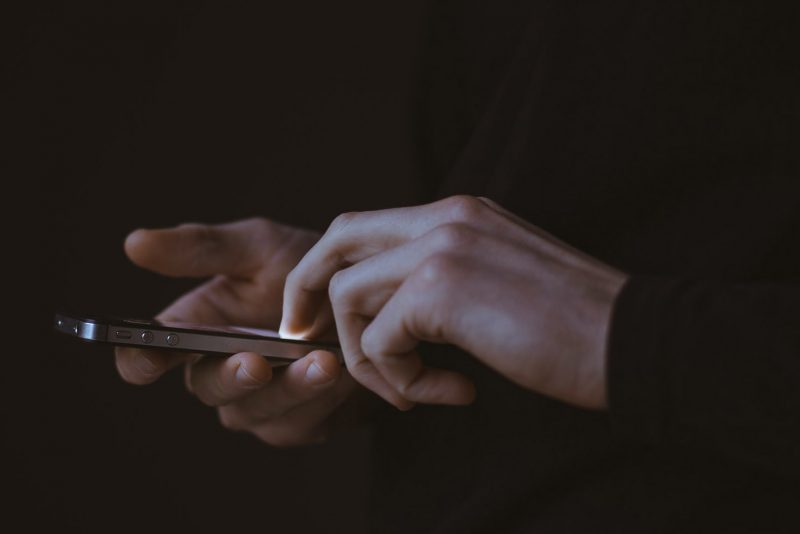

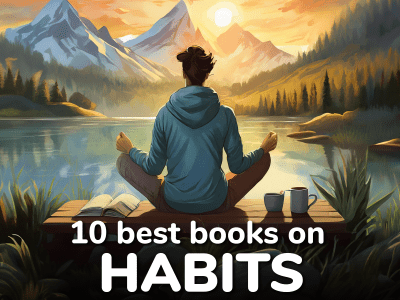

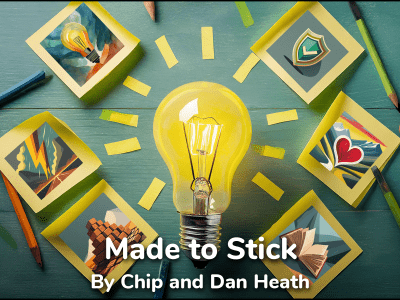


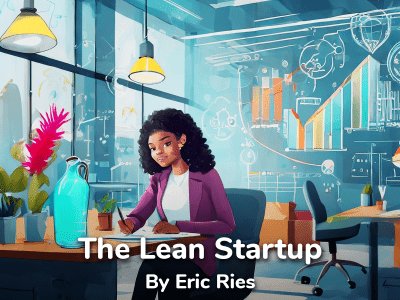

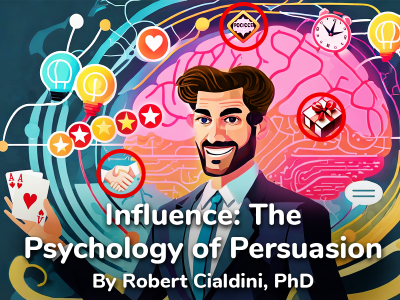
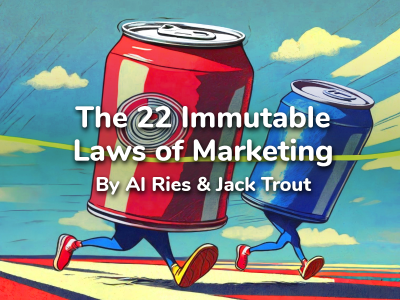
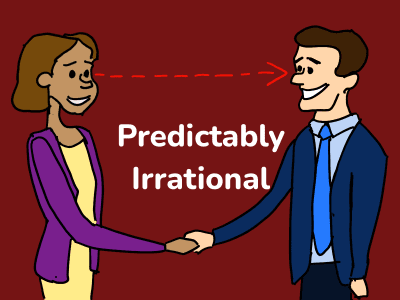







Community Notes